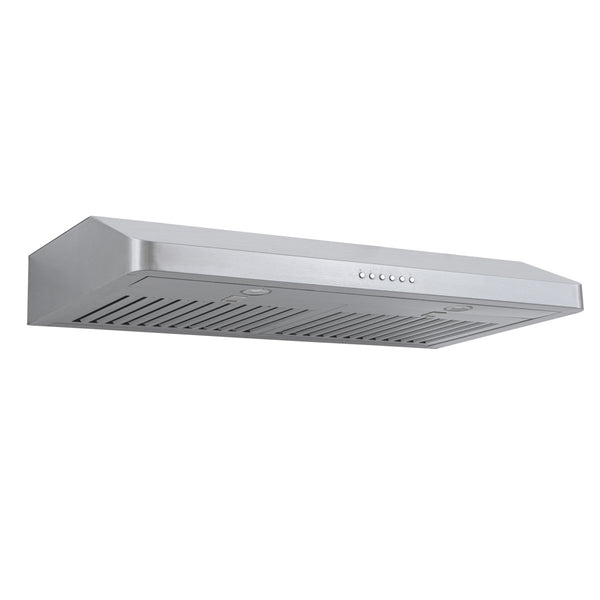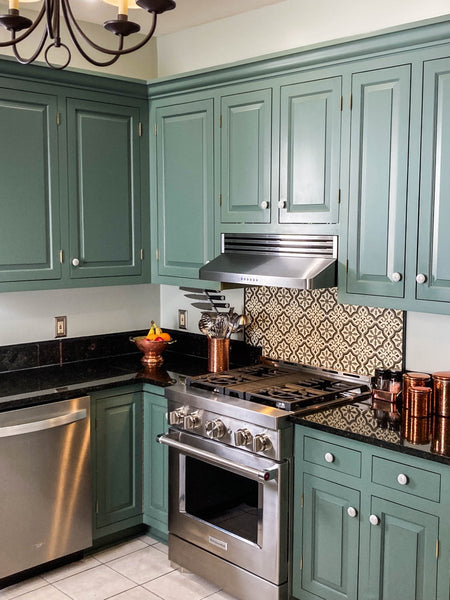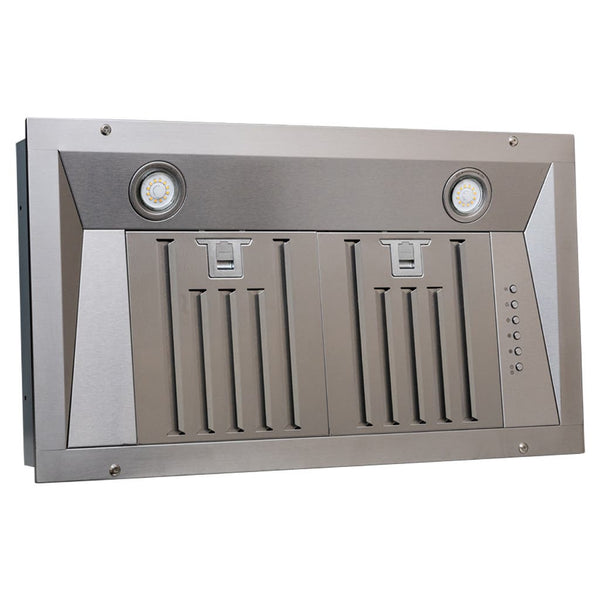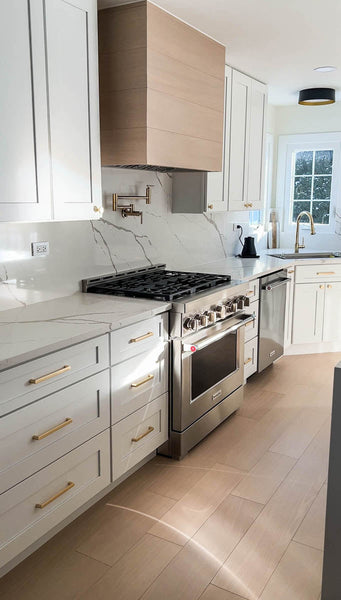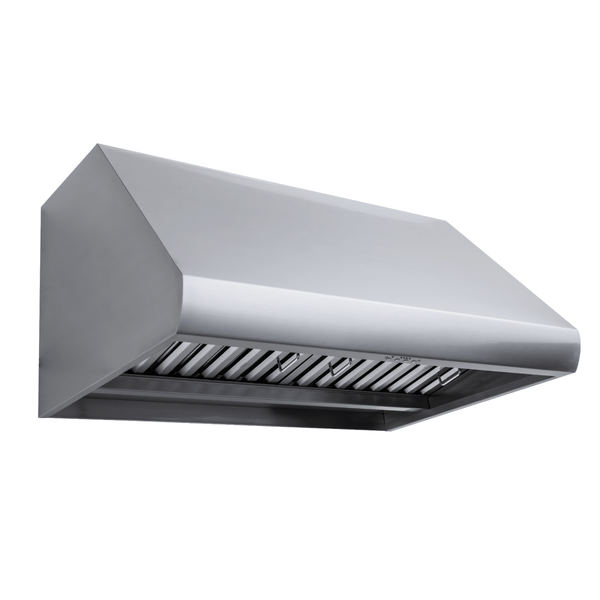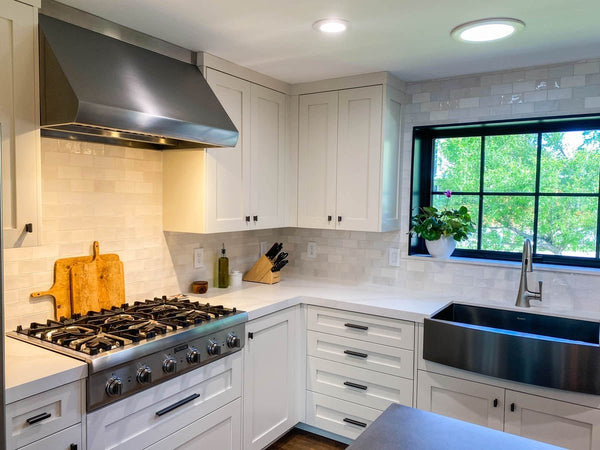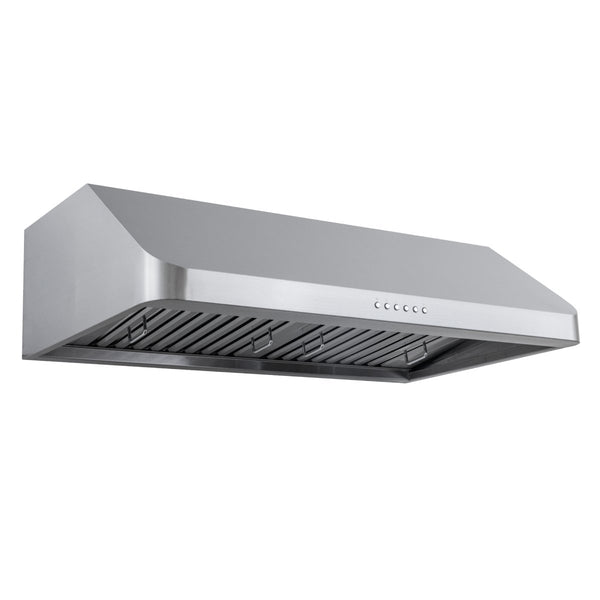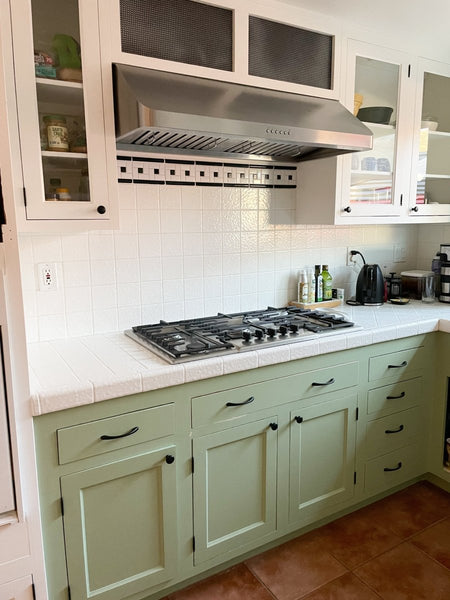Homemade baby food has been trending on Pinterest recently, believe it or not! We thought to ourselves, “We know our way around the kitchen as well as anybody out there, and many of us have raised a few kids in our day.” So, we decided to write our very own How to Make Homemade Baby Food article.
You can make homemade baby food in three quick steps:
- Buy a variety of fresh fruits, vegetables, meat, and poultry.
- Wash the food thoroughly before cooking or blending.
- Cook the food.
- Use a blender or food processor to puree the food.
If your baby is at least four months old, you can start introducing solid foods into their diet. Store-bought baby food is a cost-effective option, but homemade baby food has several advantages too.
Most importantly, if you make homemade baby food, you’ll have more control over your baby’s diet – you can monitor what you're putting into the food and determine what your baby likes and doesn’t like, as well as their food allergies.
Whereas with store-bought baby food, if your baby doesn’t like it, it may be hard to determine from the many ingredients what they like and what they don’t like.
If making your own homemade baby food seems daunting, don’t fret. The process is actually quick and easy and you’ll keep your baby healthy too!
How to Make Homemade Baby Food - Step by Step Guide
All baby food needs to be pureed because babies don’t start teething until they’re about six months old. And it takes several weeks for the teeth to grow in fully. By age 3, your child will have all of its baby teeth fully grown, according to the American Dental Association.
1. Buy a variety of fresh fruits, vegetables, meat, and poultry.
Babies are picky eaters. Up to this point, your baby will probably have eaten just formula or breast milk. So, your first job is to determine what your baby likes and what he or she doesn’t like. Trial and error will be fun and useful in discovering their preferences.
Organic food is your best bet here since babies can’t process toxins in foods as efficiently as adults. But non-organic foods are not necessarily dangerous; you’ll just have to be more aware of how your baby reacts to those foods.
2. Wash the food thoroughly before cooking or blending.
Babies are more susceptible to sickness than adults, so proper sanitation and cleanliness are essential. Be sure to wash all fruits and veggies in vinegar water to get rid of the harmful chemical from their skins.
A simple solution of about a tablespoon of white vinegar in a gallon of water will do wonders. Let them soak for 10-20 min and then lightly scrub them off. Once they’re scrubbed clean, rinse them in clean fresh water for the best results. Now they’re ready for the blender or oven.
If you bought fruit that is partially unripe or overly ripe, just cut that part off before making your food.
3. Use a blender or food processor to puree the food.
This step is super easy! All you need to do is place your food into the blender and blend it until it becomes a smooth consistency. Most blenders have a puree setting; this is the one you’ll use!
Here's a popular blender set from Amazon with cups and lids included!
Homemade Baby Food Recipes
Thankfully, you have hundreds of options for your homemade baby food. Fruits, vegetables, poultry, and starch are the most common. You can get all of this food at your local grocery store, too, which is really convenient!
To start don’t mix any fancy concoctions. You will want to start with just simple one ingredient meals so that if they have an adverse reaction, you will know exactly what it is they are reacting to.
Popular recipes with fruits include:
- Apple Puree
- Blueberry Puree
- Banana Puree
- Peach Puree
For vegetables, you have quite a few options as well, such as:
- Peas Puree
- Carrot Puree
- Beets Puree
Babies need some protein too. Chicken and carrot is a popular choice, but you can go with any vegetable you like.
Here’s a great article on some easy DIY baby foods from Tasty. You may have seen some of these before, while others are pretty unique.
More Inspiration From Pinterest
Check out this Pinterest board with over 250 baby food pins for some homemade baby food inspiration.
You can also check out some of our favorite recipes below.
What to Consider When Choosing Homemade Baby Food
Be wary of allergic reactions.
You won’t know about your baby’s allergic reactions until they start eating food. But, you’ll want to be careful about introducing different types of baby foods or ingredients into their diet, in case they are heavily allergic to something.
Start with one and then wait a few days to see if your baby has an allergic reaction before introducing another food into their diet.
The food your baby can have depends on its age.
Babies eat baby food typically starting around 4 months and up to 9 months.
Early on, the food has to be pureed to a smooth consistency, but between 6 and 9 months, they can start to eat chunkier, more hearty baby food. Once they reach one year old, they can start eating foods on your schedule. There’s something to look forward to!
Cost
If you have a kid under one year old, baby food can be a big part of your daily budget. Luckily, homemade baby food is much cheaper than store-bought baby food.
You can buy produce and most other ingredients to make fresh baby food for less money than buying packaged and bottled premade food. And when you make it at home, it is fresher and healthier than the pre-packaged equivalent.
So, cost can be a big advantage if you start making your baby’s food at home!
Fresh and Healthy Food
Fresh fruits and vegetables are always the best fruits and vegetables; this is no exception with baby food. Chances are that your baby will like fresh food better than other food choices too, and buying in-season produce will save you time and money too.

Time
The main downside of making your own baby food is that it can be time-consuming. You have to go purchase the ingredients and prepare them. Then, if your baby dislikes the food, you have to prepare new food.
So, it can be a bit of a hassle at times, but it might be worth it to save money and control exactly what your baby eats on a daily basis. The decision is yours to make.
With the recipes discussed above, you’re sure to find a recipe your baby loves! Hopefully you now see that making baby food is a pretty simple process!
And make sure to have your camera ready for those first few bites. They will be photo-worthy for sure!
Thanks for reading!
Related Articles
Improving Cooking with Cookware
As an Amazon Associate, we earn from qualifying purchases.
